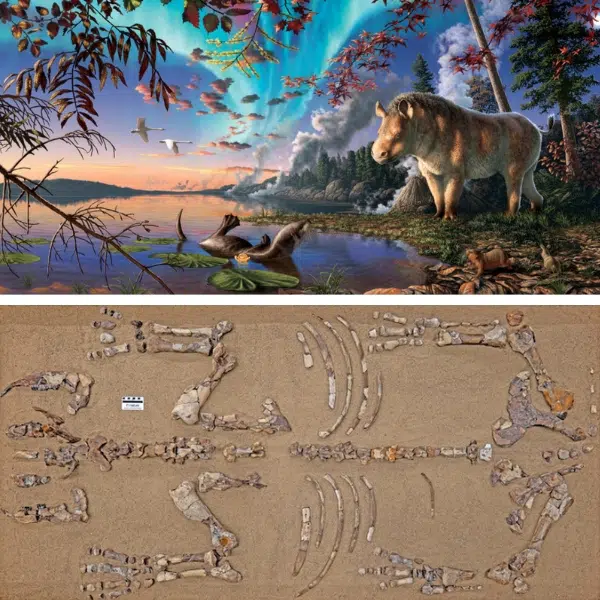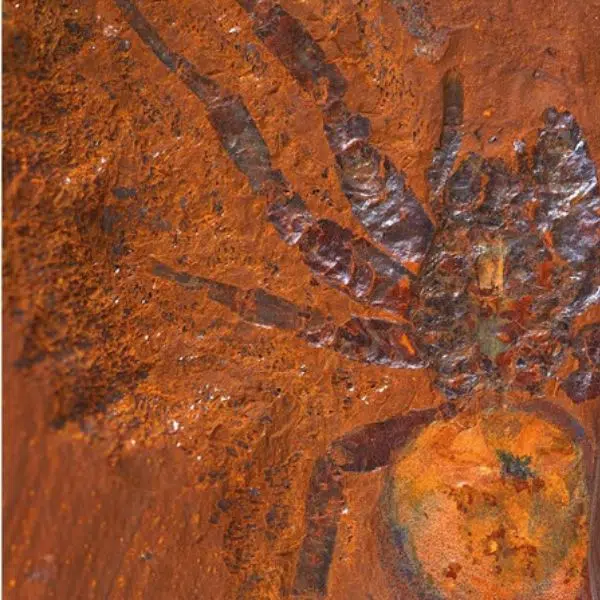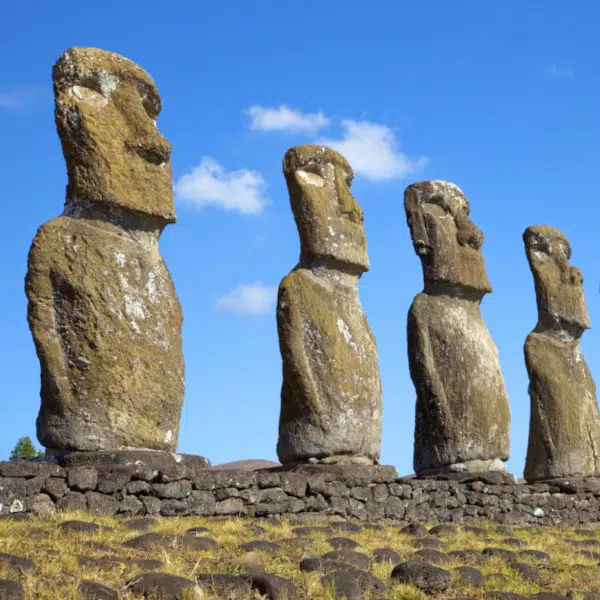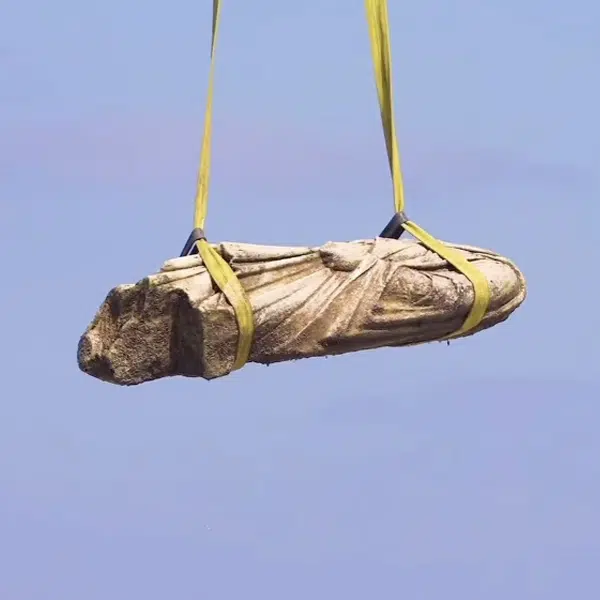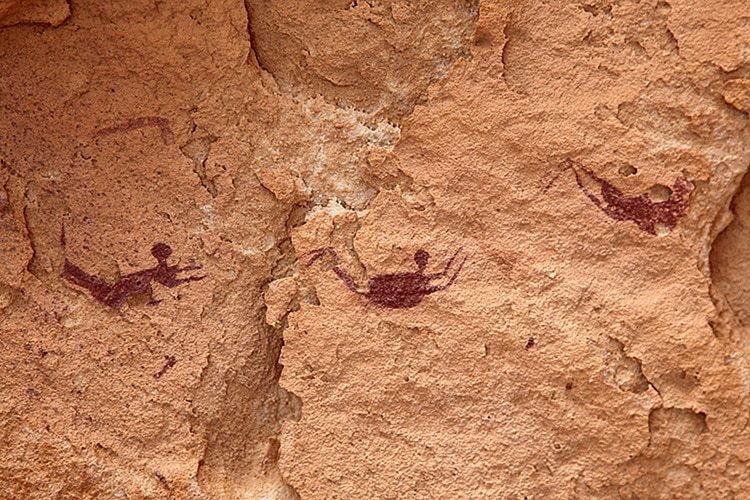
The swimming figures. (Photo: Roland Unger via Wikimedia Commons, CC BY-SA 3.0)
The Sahara is known for being the largest desert in the world, stretching thousands of miles across the northern African continent. Touching the Mediterranean, the Atlantic, and the Red Sea, this vast expanse of sand and rock is in sharp contrast to its bordering waters. But the geological history of the region is quite different than its dusty, dry present. At one point, the Sahara was wet enough that prehistoric rock art in an Egyptian cave depicts figures believed to be swimming, inspiring the name “Cave of Swimmers.”
The cave, discovered in 1926 by László Almásy, is located on the southwestern border of Egypt in a vast swath of rocky slopes with a raised plateau known as the Gilf Kebir plateau. One of a pair of caves, both contain abundant rock art created by ancient humans. Animals such as giraffes frolic across the cave walls amid handprints purposefully left behind by the artists. Human figures appear, too. Some are standing erect with articulated bodies matching true anatomy joint-by-joint.
One scene of human activity depicted in the cave is particularly intriguing. The scene features several human figures with lifted heads, stretched-out arms, and trailing thin legs. The strange posture of the figures appears to be indicative of swimming. But swimming in the Sahara? Just prior to 10,000 years ago, the region of the cave had an environment with more water than today. Therefore, it is quite possible that the local Neolithic inhabitants would have encountered bodies of water where swimming was possible.
While the drawing became well-known enough to inspire the cave name and be included in the book The English Patient, there is still some debate among scholars over the “swimmers.” Some researchers question the timeline, arguing that the drawings are symbolic since lakes in the region may have been long gone by the date of the cave art. Whatever the truth, the “Cave of Swimmers” is a fascinating example of a changing climate and Neolithic art.
The Neolithic cave art appears to feature several ancient humans with arms and legs lifted in a swimming motion.
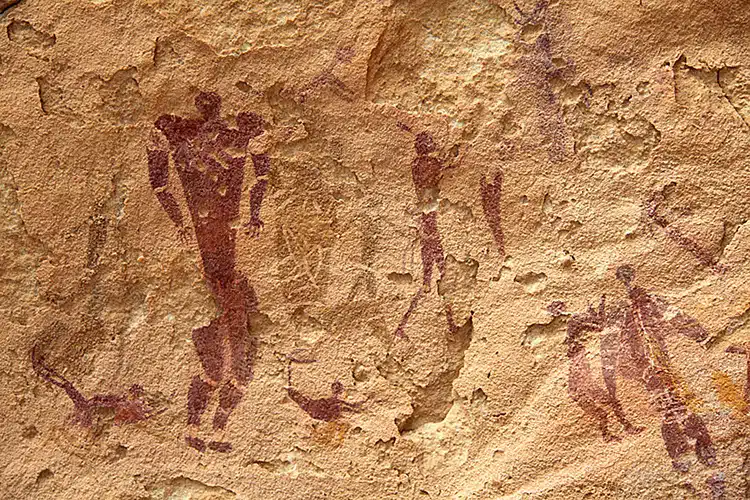
Other figures within the cave. (Photo: Wikimedia Commons, CC BY-SA 3.0)
h/t: [Live Science]
Related Articles:
British Man With a Metal Detector Stumbles Upon 52,000 Ancient Coins Worth $500K
303 Newly Discovered Nazca Geoglyphs Depict a Wide Array of Animals and Humanoids
African Rock Art Demonstrates How Indigenous People Were Early Paleontologists
Turkey’s Ancient Göbekli Tepe May Be Home to the World’s Oldest Solar Calendar













































































